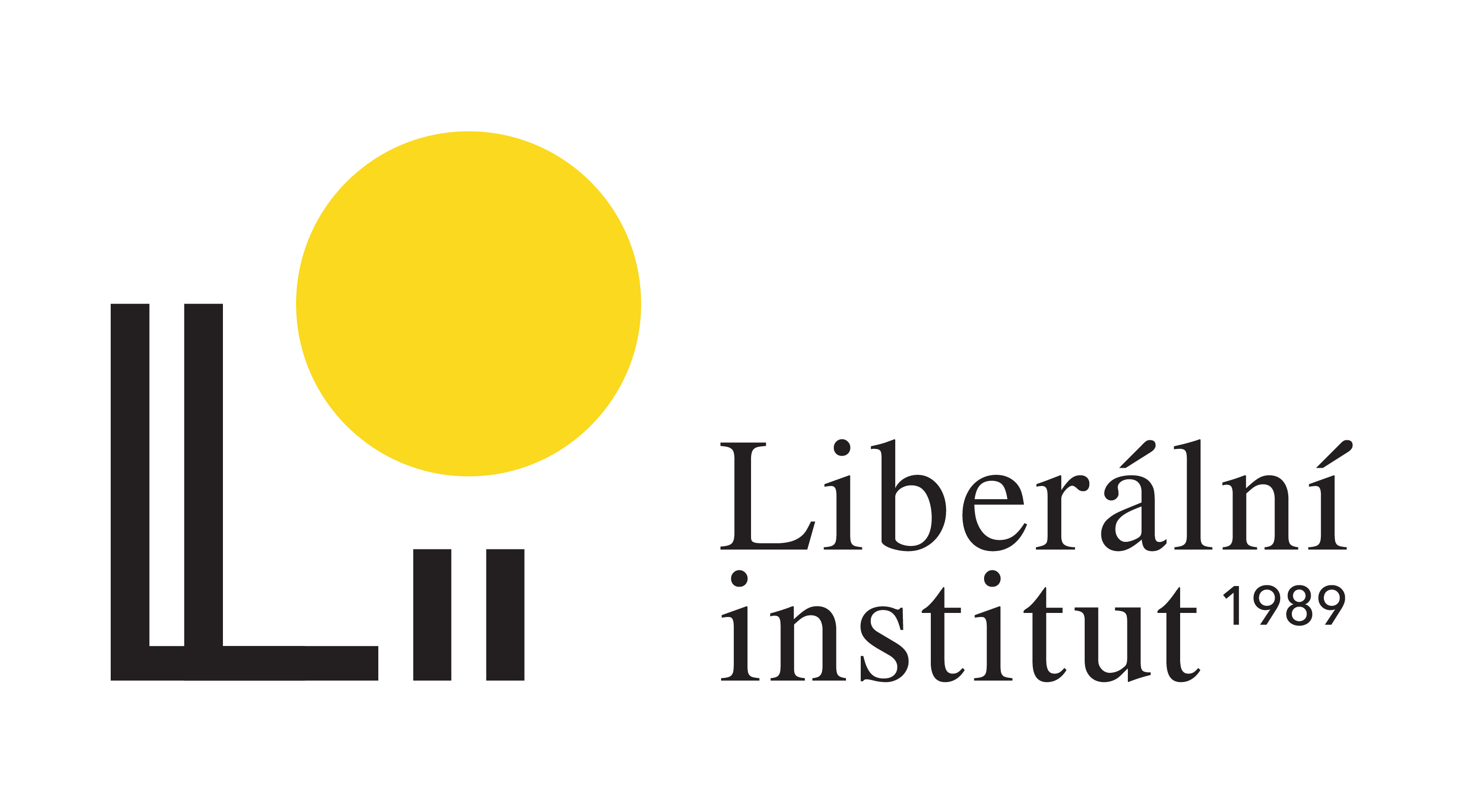
Intergovernmental method vs community method (the EU method)
The search for the centre of power within the on-going process of European integration and the analysis of the decision making process in the EU and its development are crucial and have been the subject of decade-long research. It is of significance that this process derives its legitimacy above all and from the very beginning from the political will of European countries, though as integration structures (Communities, and now the EU) gained new competences, also the direct influence that the societies in those countries have on the ‘integration’ decision making grew stronger (mainly through the European Parliament, but recently also to some degree through national parliaments). Nevertheless, one can assume that in the foreseeable future the Member States will remain the ‘Herren‘ in the integration process, since they are the entities that definein in the international agreements (now the EU founding treaties) the scope of the EU competences, the EU institutional structure and the extent to which the Union can exert influence on them (the effect that the EU law has upon their internal law).
The transformation of the European Union under the Treaty of Lisbon into a coherent international organisation (which this fundamental reform of the EU was about) is a direct expression of the political will of European countries: European integration is meant to go on as an international organisation – established by these countries – of a unique kind on account of the scope of competences, decision making mechanisms and their effectiveness in the domestic sphere of every country. The idea of a European quasi-federal state belongs in the distant future, as it would entail the creation of the European demos, which does not mean that certain federalist principles (like the principle of subsidiarity, proportionality, supremacy principle) will not be cultivated within the Union (the international organisation).
Thus, if member states remain the ‘source’ of the EU integration process and the ‘Herren‘ of the Union, it is in their willingness (political will) first and foremost where one will find answers about the essence of the decision making mechanism in the EU, as well as about the development prospects – or perhaps, the renationalisation – of the EU integration process. In this context, there are two notions that have dominated the discussion on the future of the integration process since the time when European communities came to being: the community method and the intergovernmental method. The latter is the traditional way relationships between two countries develop and its essence lies in the way these relationships are regulated by international agreements, which are subject to international law. The community method (now- after entry into force of Treaty of Lisbon – known as the EU method) goes way beyond in its scope: it means that countries, by way of international agreements, establish a structure (organisation) which – within the powers conferred – gains special characteristics; especially, the possibility to make decisions by qualified majority (which ‘forces on’ reaching compromise) and a system that guarantees particular effectiveness of the decisions made by such an organisation, which is also guaranteed in the domestic sphere of the member states (supremacy principle, direct effect, i.e., the right of private entities to invoke EU law before domestic courts, and the UE own supervision system of the uniform EU law application in all countries – the Court of Justice, EU). The community method (the EU method) is the core of the EU integration process, as it warrants cohesion and effectiveness of this process on the one hand, and solidarity of the member states on the other. The decision making system is so constructed that it forces upon the members that the interests of big, medium, and small countries, as well as economically strong and weak ones, are properly weighted. The best known expression of this principle is the decisions within the fiscal outlook that allocate financial means for development of infrastructure of the less economically robust countries and regions.
As the EU integration process continues, the two methods – the intergovernmental and the community (the EU method) – remain in a state of tension between them, which becomes more pronounced at the time of a crisis. As a result of such a tension, the EU can make another ‘leap’ in its development (as has often been the case), but it might also fall into a deep recession, leading to renationalisation (return to the intergovernmental method), or even to the fragmentation of integration process. A specific kind of such a ‘tension’ prevails now in the face of the financial crisis in some countries of the eurozone and the measures taken to reform and consolidate the zone. However, now this ‘tension’ is additionally marked by the need to retain the cohesion of the integration process as a whole, as there is a real danger of the eurozone becoming separated from the European Union, i.e., the formation of a strong subsystem in the process of European integration which will aim to place itself as a ‘hard core’ in this process. This additional aspect must be considered in the context of the ‘Polish dilemma’ whether to join the eurozone, and if so, how swiftly it should take place.
The Schengen method
If we take a look back at how the integration process evolved, the ‘state of tension’ between the community (the EU) and intergovernmental methods has always been present. The establishment of the three Communities in the 1950s was a reflection of how the process relied on the community method: this is how the creation of the Community common market began. The countries then concentrated on the economic aspect of the integration process, leaving the other, more delicate areas, to the intergovernmental cooperation only. Nonetheless, because the Communities in the ’60s and ’70s carried a lot of clout (also political), member states also developed the cooperation in the field of foreign policy and combating organised crime.
As the new common market was being made more liberal, tensions between the two methods intensified at times. When in the ’80s the idea of abolishing boarder checks within the Communities was put forward, some member states objected and only five of them (Benelux, FRG and France) entered into a separate agreement outside the Community (known as the Schengen Agreement). This case was of fundamental importance to the cohesion of the integration process, and such regulations outside the Communities then might have led to the fragmentation of the process. This risk was safely staved off by the conclusion of the Maastricht Treaty in 1993, and the creation of the European Union. Its three-pillar structure also involved the cooperation in the foreign and security policy (2nd pillar) and internal affairs and justice (3nd pillar). In this case, the intergovernmental method brought on a substantial leap in the integration process: member states decided to include new important areas into common EU ‘institutional framework’. Later, they also came to an agreement that Schengen aquis should also be subject to the community method: under the Treaty of Amsterdam (which came into force in 1999) most of the Schengen aquis was ‘made common’, i.e., included in the then 1st pillar of the EU (it was formally incorporated into the Treaty establishing the European Community).
Another such critical situation occurred in the last decade, at the time of a deep structural crisis in the European Union connected with the Constitutional Treaty being rejected by some countries. It was then that a group of member states concluded the Prüm Convention, which regulated crucial aspects of combating organised crime. The thing is that this convention was an international agreement concluded formally outside the European Union, but it concerned the areas for which the 3rd pillar of the Union had been conferred competences. Nevertheless, it made possible the incorporation of its regulations into the EU acquis, which took place later on. Thus, on the one hand, the convention contributed to shape the Union acquis, but on the other, the opinions of the remaining member states (that were not parties to the convention) and EU institutions were not considered.
In both of the above cases, the intergovernmental solution pushed the integration process forward, yet – as was already stated – this solution (known in the academic and diplomatic jargons as the Schengen method) is not without its faults, as it excludes from the decision making process other member states and jointly established EU institutions and decision- mechanisms. It also, though quietly, rings the alarm bells of the integration process being renationalized, or even fragmented.

Post-Lisbon EU
The Lisbon Treaty has undoubtedly been a milestone in the integration process. It allowed – as was already mentioned – a fundamental reform of the EU structure, transforming it from a three-pillar entity into a coherent international organisation. This means that all areas of the EU fall under the community method (the EU method). The only exception, enjoying a special status within the EU, is the Common Foreign and Security Policy (in fact comparable to the intergovernmental one). Transformation of the Union into one coherent international organisation also entails changes in the decision making process. The basic procedure in the EU is the so-called ordinary legislative procedure (the former co-decision procedure) in which the EU Council makes decisions based on the qualified majority, and the European Parliament is a legitimate co-legislator. More importantly, under the Lisbon Treaty, dozens more areas regulated by the Treaties establishing the European Union were made subject to this procedure. This means that in these areas it is easier to reach decisions, because the member states are obliged to reach a compromise.
The Lisbon Treaty also systematised and developed the procedures that allow groups of member states deeper cooperation when not all member states are willing to cooperate. On the one hand, such a solution prevents countries from using the Schengen method (they are able to establish closer cooperation following the treaty procedures, with the caveat that they comply with these procedures and maintain the cohesion of the EU), on the other hand though, it allows for a degree of flexibility within the EU structures. The Union now ranks 28 member states, each of which has various interests, or different economic and political capabilities. Thus, it is clear that such increased flexibility within the EU will encourage its development. Such flexibility is already known to exist in the EU, e.g., not all member states belong to the Schengen Area, not all of them are members of the Economic and Monetary Union, and within its scope, not all countries belong to the eurozone; certain countries (and not all member states) have recently followed the procedure of enhanced cooperation several times, and CFSP allows members to establish permanent structural cooperation within its framework.
Contrary to the Schengen method, such internal flexibility in the EU, but in keeping with the procedures set in the Treaties establishing the EU, does not pose a threat to the cohesive development of the integration process. Nonetheless, the Schengen method has been revived – to an extent unseen before – to aid the actions that are meant to reform and consolidate the eurozone. Thus, a theory diminishing the Lisbon Treaty and heralding the fall of post-Lisbon Europe has gained support. However, it is worth taking extra caution before supporting it blindly. When the provisions of the Lisbon Treaty came into force, the European Union became one cohesive international organisation, with a flexible and potentially efficient decision making system. The world financial crisis made the Union face serious challenges. Especially, it posed a threat to the financial stability of the eurozone as a whole: the rescue actions came late and their organisation was hard to accomplish. If, however, the Union had not been reformed by the Lisbon Treaty, it would be in an even more difficult plight. Especially the three-pillar structure, the former rigid decision making procedure and relatively weak position of the European Parliament could have facilitated renationalization, and even fragmentation of the European Union.
Such is the tension between the intergovernmental and the community methods today that it is hard to predict the direction which the integration process will continue in.
The eurozone as the heart of the integration process
The rescue action of the eurozone required decisions to be made speedily. Thus, the Greek mechanism, which brings ad hoc solutions, is of hybrid nature, i.e., it is partly regulated by the EU regulation, and partly based on intergovernmental regulations which are formally decided upon outside the EU structures. Also, other corrective actions and measures that aim to consolidate the eurozone are of varied character: the reform of the Stability and Growth Pact, which ensures that the convergence criteria are followed, was implemented thanks to the EU secondary law – the Six-pack and the Two-pack, only that two of the regulations of the former and both of the latter apply only to the countries of the eurozone. The Treaty on the Functioning of the European Union has also been amended to a certain degree. The amendment to Article 136 added a new paragraph 3, which guarantees that the permanent financial rescue mechanism for the eurozone countries (the European Stability Mechanism) is in accordance with the EU law. Yet, the Mechanism itself was established by a separate international agreement and is for the European Union an independent international organisation (thus, the intergovernmental method was applied). Similarly, additional guarantees of financial discipline are contained in another separate international agreement (the so-called Fiscal Compact). Yet, this treaty (just like Prüm Convention) allows its provisions to be incorporated into the EU aquis.
An even more varied structure characterises the plan to establish the banking and political union, which is meant to consolidate the eurozone. This plan, which is detailed in the European Commission communications from the end of 2012 and beginning of 20131, is being consistently carried out pursuant to the EU secondary law. (wykreślono część zdania) The scenario for the new banking union is also unclear. However, there is no doubt that some of the reforms in the European Commission communication from 28th November 2012 (e.g. separating the eurozone budget, solidifying the praxis of separate summits of the eurozone or granting law-making competences to the Eurogroup) will require the treaties to be revised, or – in case of obstacles in the EU decision making process – resorting to the Schengen method, i.e., conclusion of international agreements outside the Union (the Fiscal Compact already lends a formal character to the meetings of the eurozone leaders). Let us notice that even in some EU regulations concerning the consolidation of the eurozone, the gap between the eurozone members and the rest of the EU member states is deepening, and substantial reforms that are about to be implemented will require the Schengen method.
And so, the fundamental problem now will be the on-going drifting apart of the eurozone members and the rest of the EU members, i.e., the continuing process of estrangement, impossible to neutralise by ‘having one foot in the doorway’ (which is how the present Polish strategy can be described), which means that such countries will definitively be pushed out of the eurozone decision making process. This is the direction in which most of the proposals of an influential group of German economists and lawyers (Glieniecker Gruppe) are channelled. They put forward establishing a separate international agreement among the eurozone members (Euro-Treaty), which would decide on a separate political system of this zone, including a new Euro-government, autonomous budget (budgetary autonomy) and a separate parliament (Euro-Parliament)2. This programme provides the most detailed vision of the planned political union, however, its authors state explicitly that it means a return of a multi-speed Europe. The Euro-Treaty would only be signed by the eurozone members. There is only the fundamental issue of a formal alignment of such a treaty with the Treaties that currently form the foundations of the European Union. If the conclusion of such a treaty should be attempted outside the legal and institutional EU framework (just like the Treaty Establishing the European Stability Mechanism and the Fiscal Compact), it would surely be a violation of the EU law. So, the only way that remains is to incorporate such a Euro-Treaty into the body of EU founding Treaties by a unanimous consent of all member states. Both scenarios would entail a fragmentation of integration process: the first one – with a violation of the current EU law, and the second one – sanctioned by the consent of all the member states.
The conclusions that we can draw
Arriving at the final conclusions, it is necessary to reach to the basic presuppositions: first, the financial crisis of some eurozone members will not eventually lead to a ‘decomposition’ of the zone, that is its dissolution, break down or elimination of the weakest links, but to its reform. The eurozone (in its reformed state) will consolidate and gain a surer footage as the hub of the integration process. Second, the internal division among the EU members corresponding to the shape of the eurozone is materialising already. It is hard to predict though if this division will continue within the EU legal and institutional framework, or whether the arrival of an autonomous eurozone will lead to a fragmentation of the integration process, i.e., the emergence of the eurozone in opposition to the European Union (which is proposed by Glieniecker Gruppe in the Euro-Treaty).
Having considered the above, the basic problem that the UE-member states are facing now is the determination whether they want to and are able to form part of the new rising centre of the integration process (the eurozone), or remain outside the zone but retaining a privileged position (just like Great Britain), or remain within the EU, but outside the eurozone, which could lead to them being pushed out into the margin of European integration process.
Bearing in mind this basic challenge, the current Polish strategy of advocating cohesion in the EU (‘having one foot in the doorway’), and at the same time refraining from assuming a clear position on joining the eurozone is a strategy that will temporarily work, but in the medium- and long-run will marginalise Poland in the European Union3. There’s no doubt that the condition to the accession to the eurozone is the compliance with economic convergence criteria. Nonetheless, we need to bear in mind that the accession to the eurozone is critical for a country to secure itself a place in the centre of the integration process (whether the eurozone will remain within legal and institutional EU framework, or become a separate entity). Landing in the periphery of the integration process would mean thwarting the 20 years of independent Polish foreign policy and falling again between the consolidated Western Europe and the uncertain East. Strategically, Polish accession to the eurozone is a decision that equals Poland’s accession to the European Union itself in 2004. After all, the stake here is maintaining and strengthening our footage in the centre of European integration structures.
Translation: Katarzyna Różańska
1 European Commission, A blueprint for a deep and genuine economic and monetary union. Launching a European
Debate, Communication from the Commission, Brussels, 28.11.2012, COM(2012) 777 final.; Towards a Deep and Genuine Economic and Monetary Union — The introduction of a Convergence and Competitiveness Instrument
COM(2013) 165 final, 20.03.2013., COM(2013) 165 final.
























